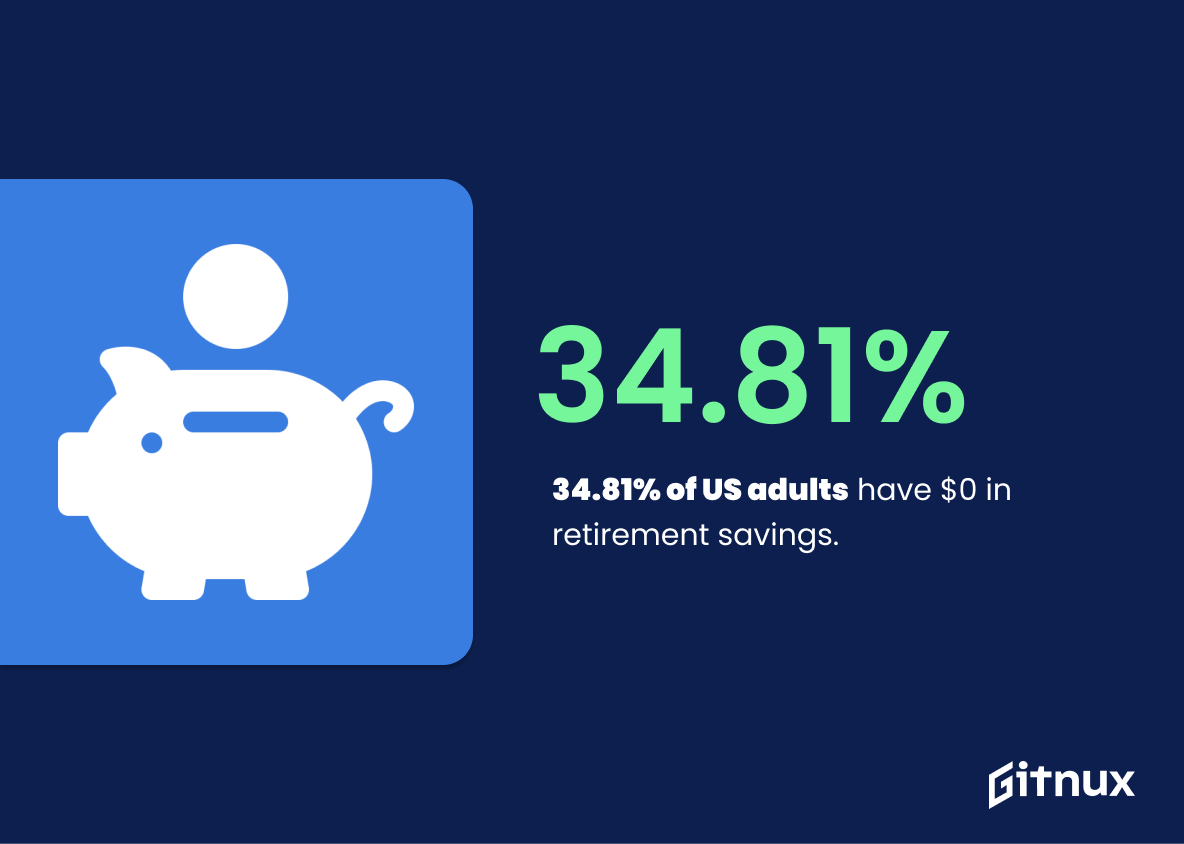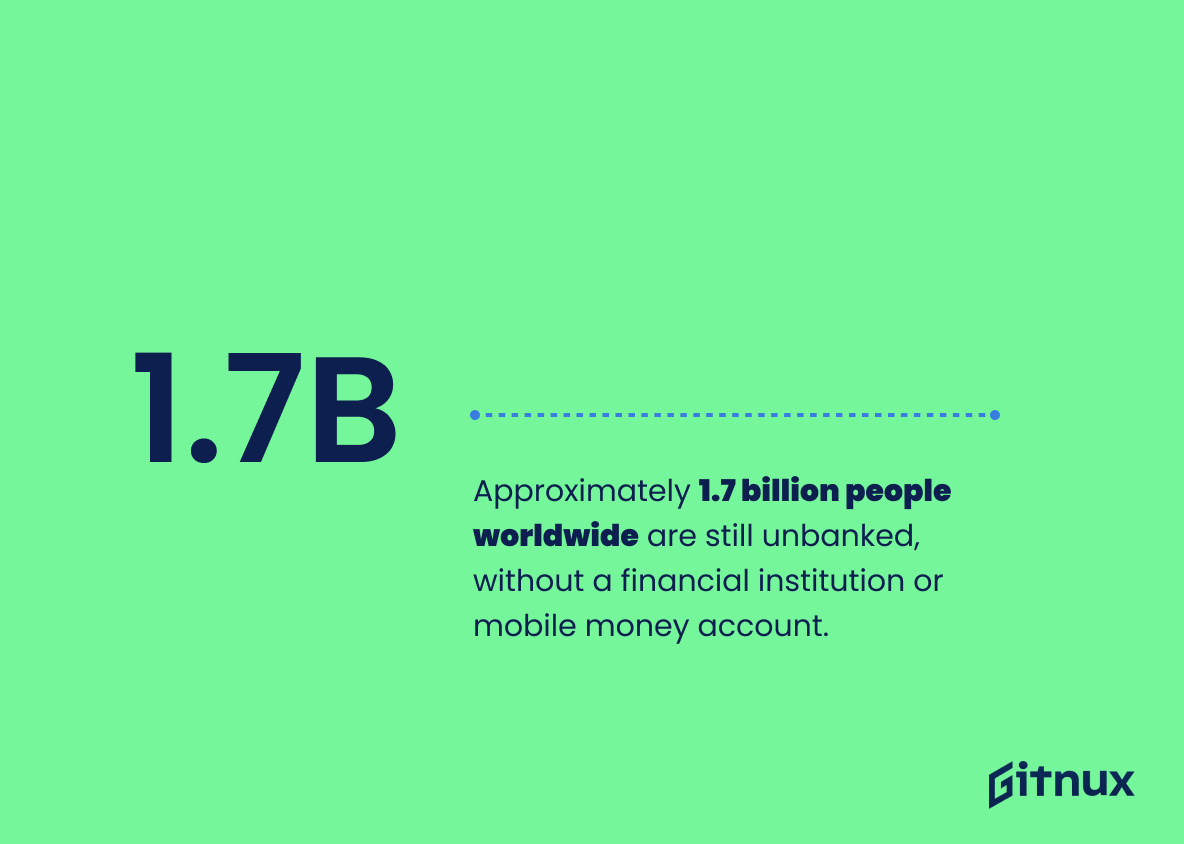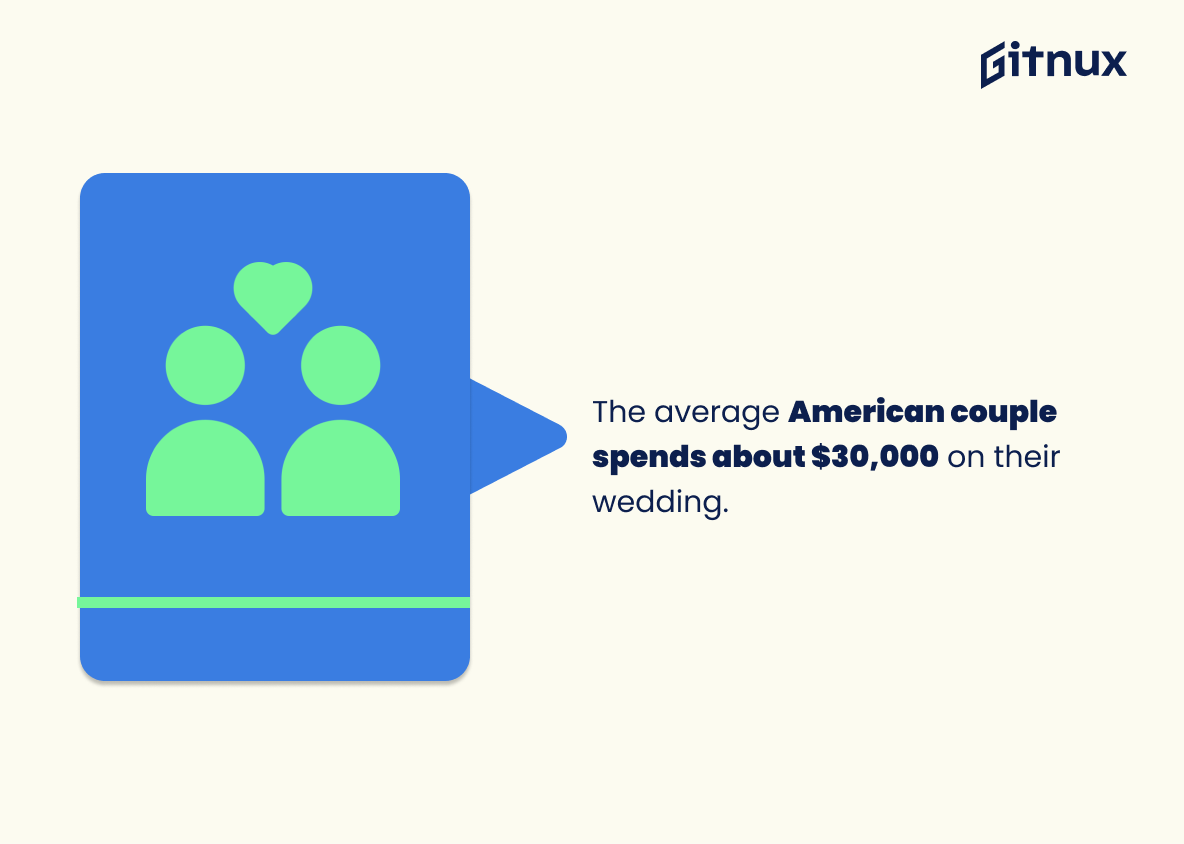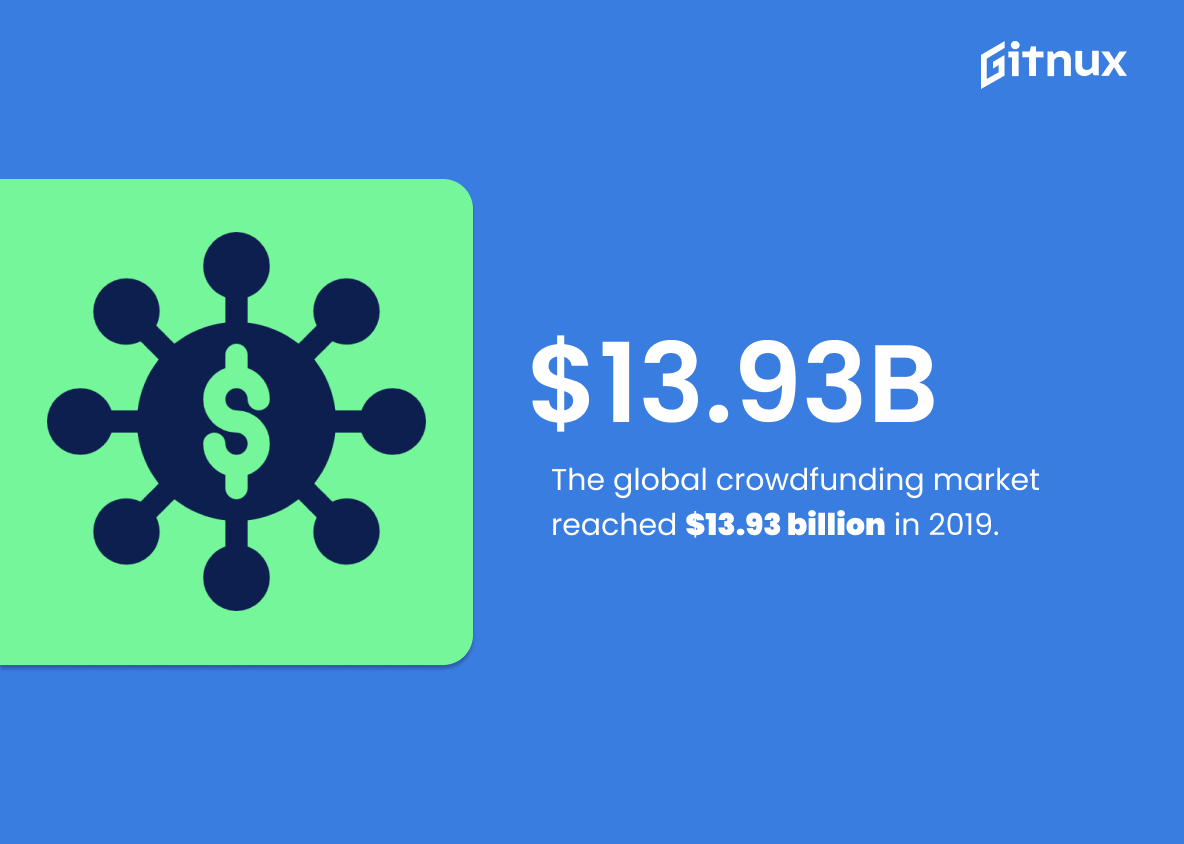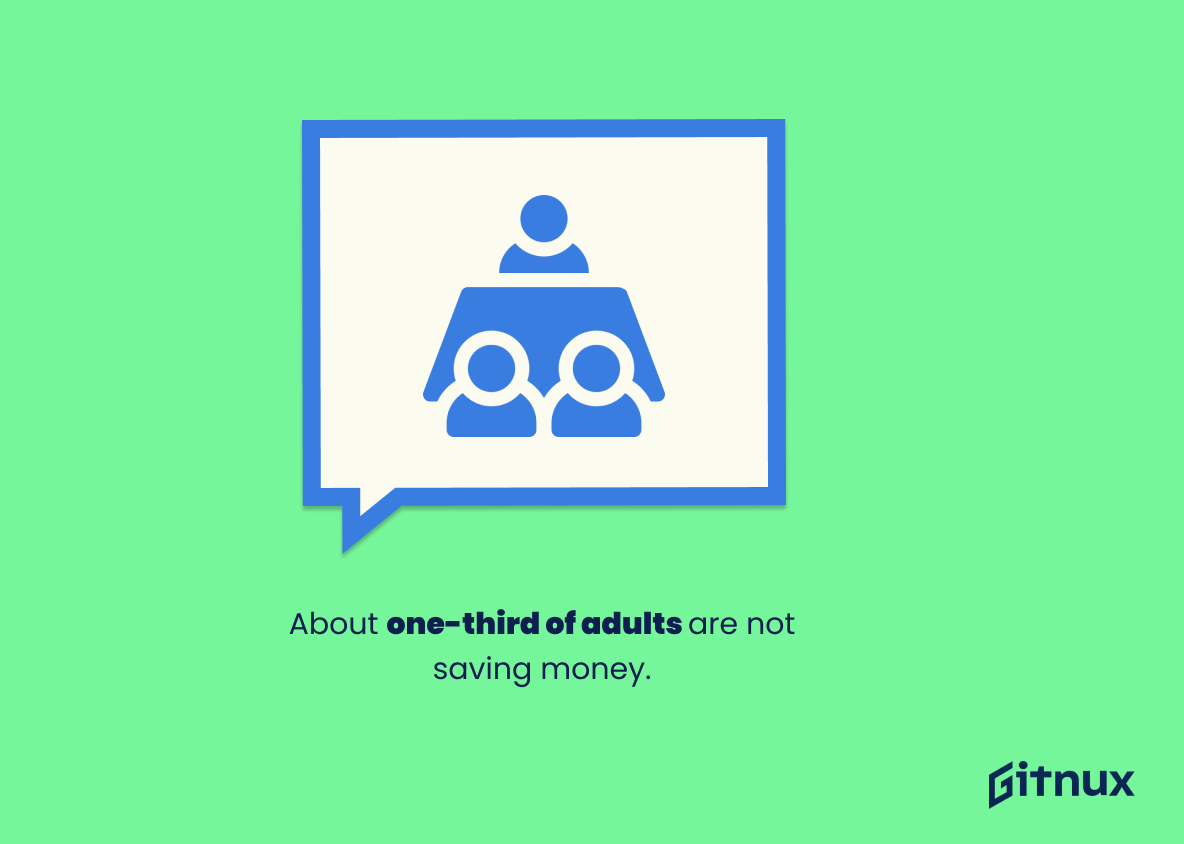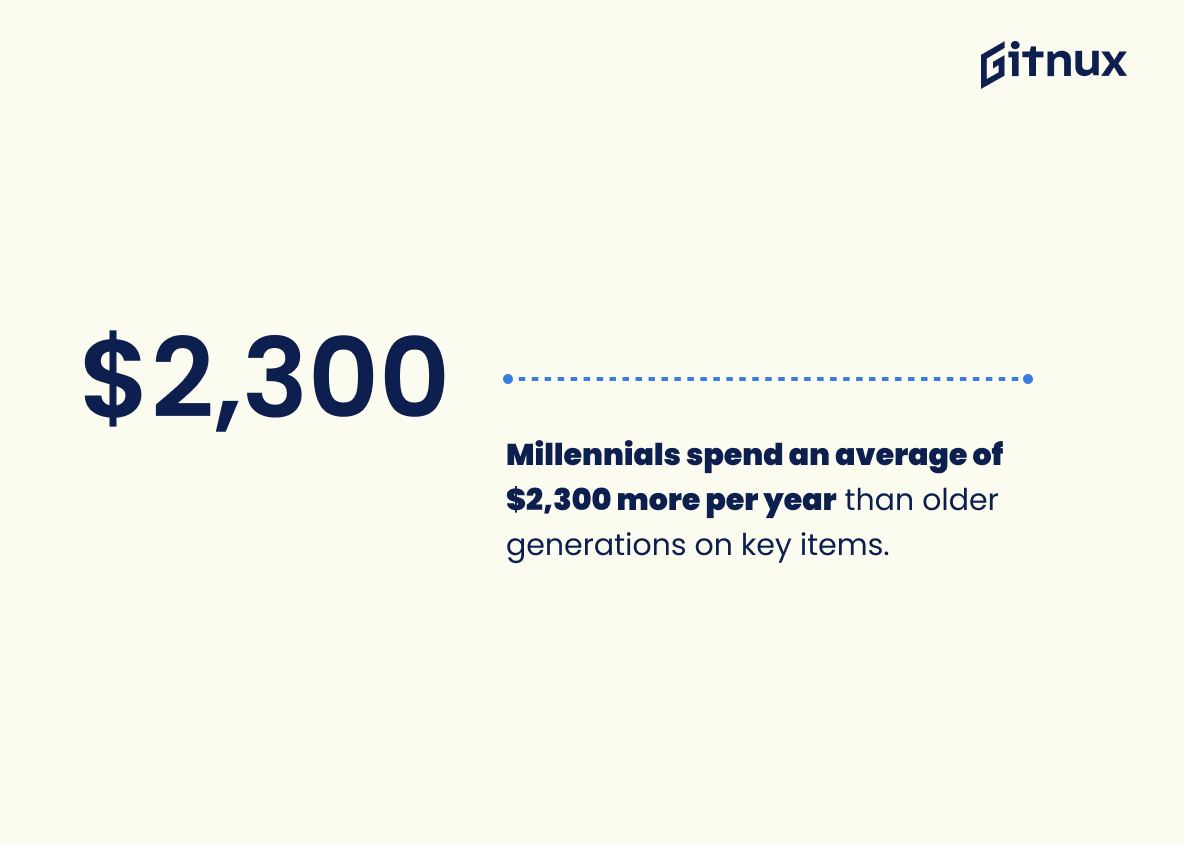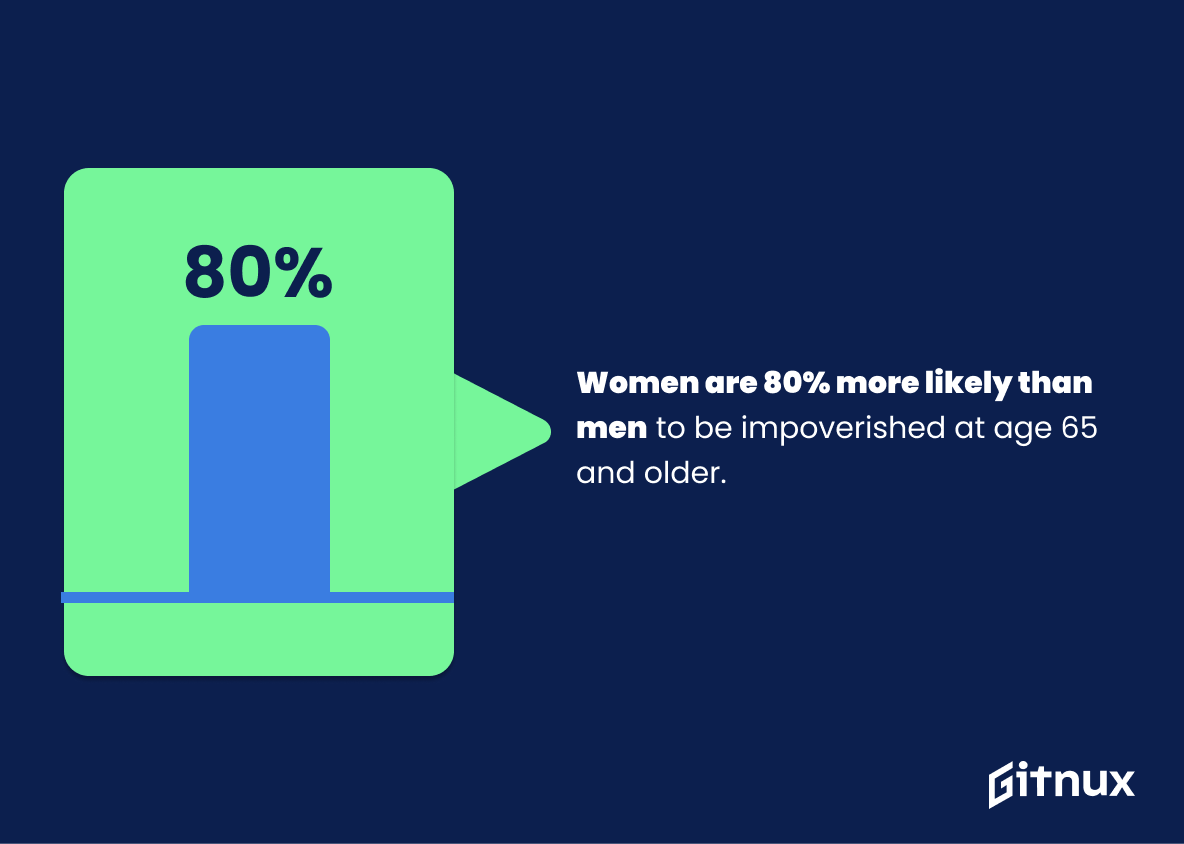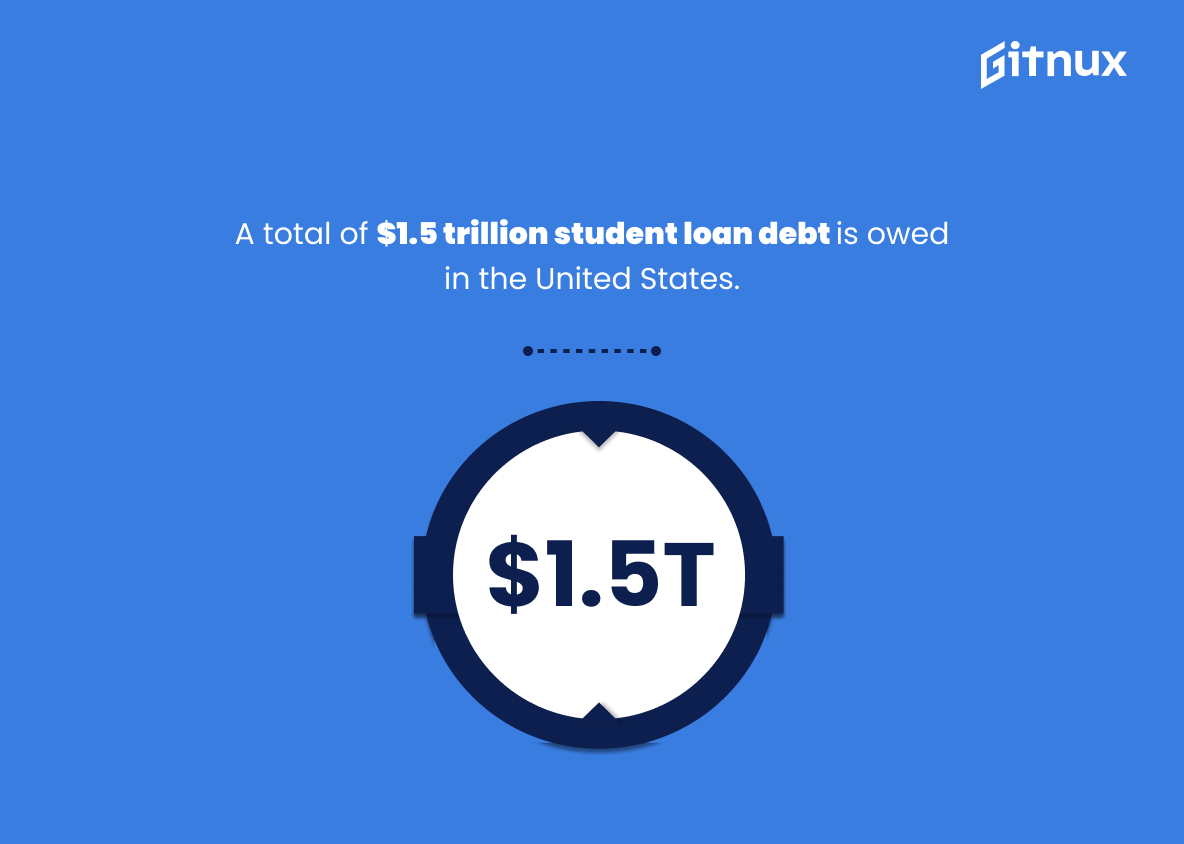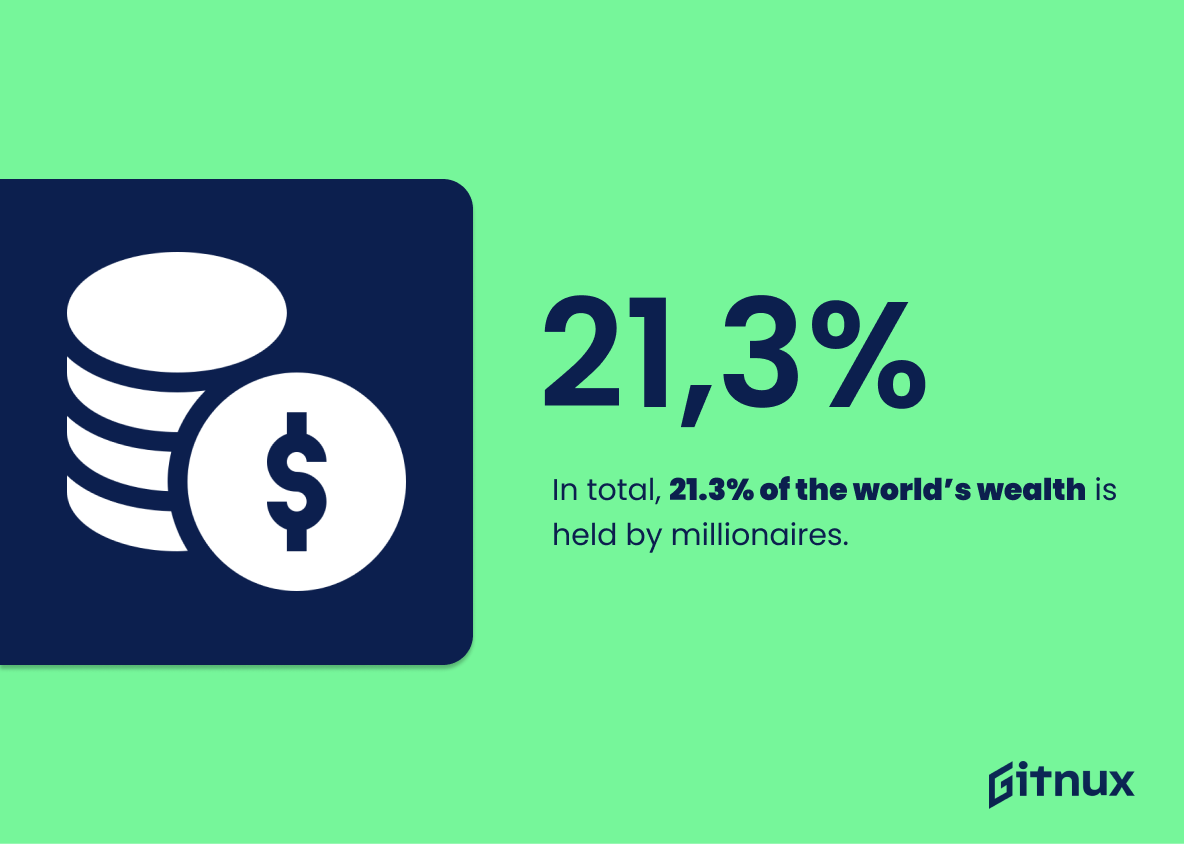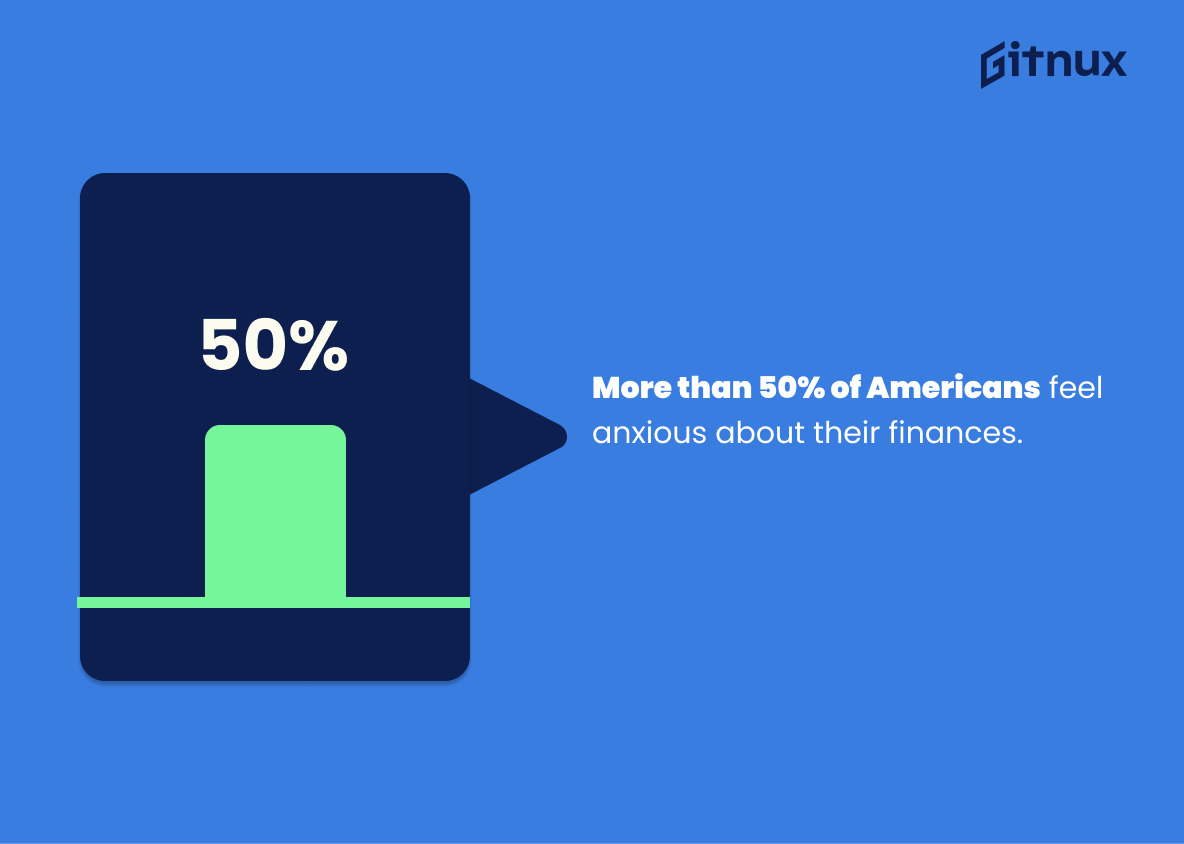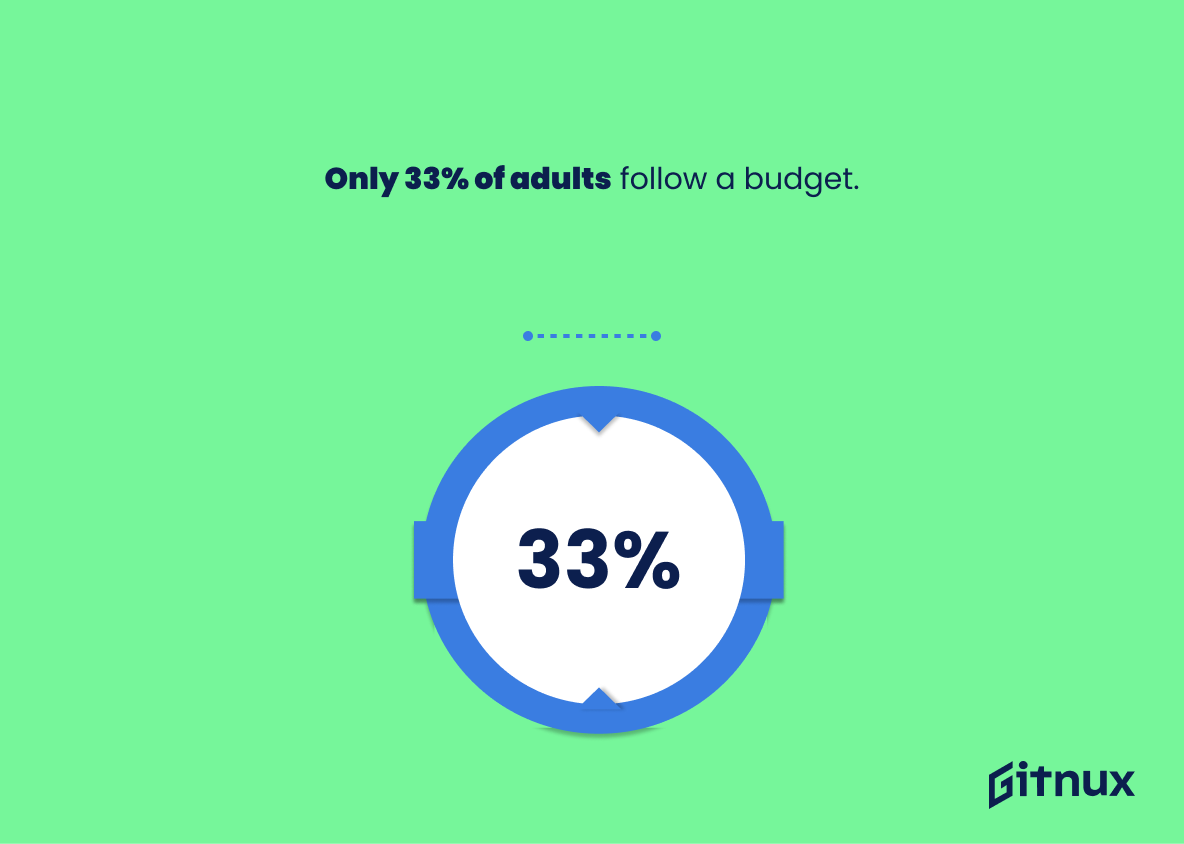Money makes the world go round, a universal truth understood by all. A deep dive into money statistics reveals intriguing patterns, trends, and insights that can shape our understanding of global economies and personal finance practices. This blog post offers a comprehensive exploration of astonishing money statistics that can revolutionize your economic perspective. Whether you’re an economist, a savvy investor, or just a curious reader, our deep-dive into money statistics promises to equip you with fascinating insights, demystify complex concepts, and foster a dynamic understanding of money’s role in our lives and the world.
The Latest Money Statistics Unveiled
34.81% of US adults have $0 in retirement savings.
Peering into the world of financial security, let’s draw attention to a startling revelation. Imagine a group of every 100 adults in the U.S. Now imagine that almost 35 of them, yes roughly one-third, do not have a penny set aside for their retirement savings. This raw figure not only underscores the gravity of the financial preparedness for the golden years among the American population but also presents an alarming reality of financial vulnerability these adults might encounter in the future.
In a discourse around money statistics, this data point acts as a speaking testament to the significant need for increased financial literacy and retirement planning. Furthermore, it brings into focus policy debates on Social Security and the individual responsibility of saving for retirement. It paints a real picture of the impending risk of a less-than-ideal retirement lifestyle for many, thereby urging readers to reassess their own retirement planning strategies.
The very fabric of this statistic weaves a narrative that should rattle the comfort of complacency, highlighting the urgent call for a shift in our cultural conversation around saving money, especially for the twilight years.
61% of Americans don’t have enough savings to cover a $1,000 emergency.
Delving into the realm of money statistics, this particular data point swings open a significant window into the financial vulnerabilities that many Americans face. The striking revelation that 61% of Americans would struggle to finance an unexpected $1,000 expense paints a telling picture of precarious financial stability. It underscores not only the inherent importance of accumulation of savings, but also raises questions about existing societal and economic structures that may restrict such saving behavior. With this statistic as a backdrop, discussions about personal finance management, financial literacy, economic inequality, and safety nets in the blog post become all the more critical and relevant. It also serves as a wake-up call for readers to re-examine their personal financial health, making the subsequent discussion in the blog post not just theoretical, but profoundly personal and actionable.
Approximately 1.7 billion people worldwide still remain unbanked—without an account at a financial institution or through a mobile money provider
Unveiling a world that remains largely cash-dependent, the astounding figure of 1.7 billion unbanked individuals globally adds a compelling dimension to the narrative on money statistics. This paints a revealing picture of financial exclusion and the economic barriers that prevent access to traditional banking facilities, reinforcing the global urgency to bridge this gap. It also spotlights potential markets for financial institutions and fintech companies, opening windows for innovation and expansion. Moreover, it underscores the role of mobile money providers as a vital alternative to traditional banking, particularly in developing regions. This statistic, therefore, not only illuminates the magnitude of global financial disparity, but also propels forward conversations on financial inclusivity and digital finance solutions.
The average American couple spends about $30,000 on their wedding.
Weaving such an intriguing figure of $30,000 into a narrative around monetary statistics, lights a beacon on the substantial financial commitment American couples willingly embark upon to celebrate conjugal bliss. This monetary mile marker not only gives soon-to-be-married pairs a benchmark on potential expenditures, but it also broadens the perspective of financial planners, economists, and readers, rendering more depth to societal trends and consumption habits. It affirms that weddings, alongside being a symbol of unification, have also transformed into significant economic events, leaving an undeniable impact on spending habits and financial management.
Global remittance payments are estimated to grow to $597 billion by 2021.
In the arena of Money Statistics, the predicted surge of global remittance payments to $597 billion by 2021 can be envisioned as a rising tide, lifting all boats. Viewing this statistic as the pulse of global financial health, its influence reaches beyond just the senders and receivers of these funds.
It signifies the strength of migrant economies, mirroring the increasing movement of people across borders and their financial capacity to support their families back home. Furthermore, it reflects the growing economic interconnection and interdependence between countries. This, in turn, can paint a more detailed picture of the global economic landscape, where incomes are growing, where people are moving, and where money is flowing, providing essential insights for policymakers and financial industry players alike.
This projected figure breathes life into the world of Money Statistics, demonstrating the sheer magnitude and influence of remittances on a global scale, an essential subject for discussion in any comprehensive blog post that aims to elucidate the depth, breadth and intricacies of the world of money.
The global crowdfunding market reached $13.93 billion in 2019.
Referring to the stunning $13.93 billion global crowdfunding score in 2019, one cannot ignore the explosive alteration it introduced in the financial landscapes. This skyrocketing figure offers a striking testament to the mammoth potential of collective public funding. In fact, this number etches a bold underscore to the revolutionizing credibility of non-traditional funding methods. Observing this monetary statistic in a blog post offers a whiff of the evolving dynamics of fundraising, where an idea’s appeal to the crowd can pull together mind-boggling resources, effectively turning potential into reality.
About one-third of adults are not saving money.
Highlighting the revelation that approximately one-third of adults aren’t stashing away any savings provides rich insight into the money management habits of the adult demographic. This illuminates a critical concern, illustrating an alarming reality where a substantial segment of the population is potentially exposed to financial vulnerability. In the realm of money statistics, placing emphasis on this sobering fact shapes our understanding of current economic trends, consumer behavior and may even signal an urgency to bolster financial literacy. For readers, it’s a wake-up call, underscoring the significance of long-term financial planning and the necessity to cultivate savings habits for security against unexpected financial headwinds.
Millennials spend an average of $2,300 more per year than older generations on key items.
In the conversation about money and financial habits, this statistic about Millennials spending an average of $2,300 more annually on key items unfolds an intriguing narrative. Unearthing the spending patterns of different generations, it sheds light on the distinctive economic behaviors and priorities of Millennials. This data revelation not only inspires a deeper understanding of the evolving consumer trends, but also your blog post serves as a real-time currency calculator, sizing-up generational influences, and impacts on the economic landscape. As we attempt to decode the financial DNA of Millennials, this statistic asserts itself as an invaluable lens, enhancing our perspective on America’s evolving spendonomics.
Women are 80% more likely than men to be impoverished at age 65 and older.
Delving into the financial landscape through a gendered lens, the statistic that women are 80% more likely than men to be impoverished at age 65 and older paints a vivid picture of disparity. This data should serve as an alarm bell, underscoring the need for more equitable wealth distribution systems and foresight in financial planning.
In the grand schema of the money universe, this statistic uncovers the poignant narrative of financial vulnerability that women, particularly of advanced age, may encounter. It’s a stark indicator that our society is far from an economic gender balance, flagging existing systemic biases and gaps in retirement savings, income generation, and social security benefits.
For readers of a blog focused on money statistics, this critical information offers insight into the monetary challenges facing different demographics, prompting re-evaluations of their financial strategies.
Thus, this unearths a compelling call-to-action. To any financial advisor, policy-maker or simply a blog-reader, this statistic is a catalyst, sparking fresh discussions, propelling policy reviews, and fostering greater awareness of the financial power imbalance.
A total of $1.5 trillion student loan debt is owed in the United States.
When cruising the landscape of Money Statistics, it’s impossible to discount the financial powerhouse that is student loan debt, which in the United States towers to a staggering $1.5 trillion. This mountainous figure not only contributes a substantial slice to the national debt pie, but also profoundly influences the spending and saving behaviors of millions of Americans. As you navigate through capricious financial weather, understanding the prevalent influence of student loans on the economy serves as an essential compass. Ignoring such a dramatic statistic would be akin to casting a blind eye on a financial goliath.
In total, 21.3% of the world’s wealth is held by millionaires.
Unveiling the curtain on the global monetary landscape, the revelation that 21.3% of the world’s wealth is nestled in the pockets of millionaires sets the stage for an intriguing discourse on wealth distribution. It paints a vivid scene of economic disparity, spotlighting the towering wealth of a minority against the backdrop of the majority populace. In a blog post about Money Statistics, this particular slice of data provides a stark illustration of global financial imbalances, provoking discussions and analysis on wealth gap, societal implications, and measures to instigate financial equity. An understanding of such dynamics not only enlightens readers about the existing economic order but also encourages probing of ideological, ethical, and political dimensions of wealth accumulation and distribution.
A 2019 survey found that 58% of Americans have less than $1,000 in savings.
Peering into the heart of the American financial landscape, echoes of a glaring reality reverberate: a 2019 survey reveals, astonishingly, that 58% of Americans tuck away less than $1,000 in their savings. This evidence stands as a stark testament to the broad economic vulnerability. In the thrilling theater of Money Statistics, this provokes readers to pause and ponder. It underlines the crucial importance of building a solid financial buffer for an uncertain tomorrow, while shedding light on the possible inadequate financial preparedness of many Americans, a crucial point of consideration for financial planners, economists and policymakers alike. This figure is not just a statistic; rather, it throbs as the pulse of our national economy, slicing through the veil to reveal a harsh reality about financial resilience in American households. As such, it forms the backbone of any discussion on Money Statistics, serving as a catalyst for introspection and action on financial habits.
The Global Wealth Report shows that globally, we reached a total wealth of $360 trillion in 2019.
Examining the Global Wealth Report’s staggering revelation of a collective 2019 wealth totaling $360 trillion does more than just cause a gasp – it paints a vivid picture of the financial world. Diving into this treasury of figures, we navigate through a sea of intriguing money-related statistics. It’s like unlocking a treasure chest filled with insights about global economy, income disparities, and wealth creation.
Moreover, the impressive $360 trillion adds a new dimension, illuminating the vast scale of international economy. It establishes a firm foundation for analyzing wealth distributions, assessing financial inequalities, and exploring the world’s fiscal trajectory. In essence, this statistic is the opening line of a tale that narrates prolific economic trends and punctuates essential chapters in a blog post about Money Statistics.
More than 50% of Americans feel anxious about their finances.
Highlighting the statistic that over half of Americans feel anxious about their finances paints a vivid picture of the universal human concern over monetary matters. In a blog post encompassing Money Statistics, this is a provocative nugget of information that invites readers to identify with the emotions tied to financial anxiety. It provides a human connection, a shared concern that highlights the relevance and urgency of the topic. This makes the post more insightful, relatable and engaging, shedding light on the emotional dimension of financial management, a subject typically dominated by cold, hard numerical facts and procedures.
Only 33% of adults follow a budget.
Unveiling the glance at a financial world that might initially seem alarming, this 33% budgeting statistic illustrates the paradoxical landscape of adult money management, bringing to light the interesting phenomenon of budget laxity that prevails among two-thirds of adult community. As a focal point in our money statistics blog post, it accents the underlying need for a shift towards more conscious financial planning and budget adherence. In essence, it serves as a wake-up call to the audience, spotlighting the urgency to re-evaluate their own spending habits and foster smarter economic decisions.
Conclusion
Understanding these money statistics can significantly impact your financial decisions and economic perspective. While these figures may initially seem terrifying, they can be used as tools to fuel conscious spending, saving, and investing habits. By acknowledging these statistics, individuals can work towards financial stability and fight against economic issues on a personal level. These informed money choices won’t just improve personal wealth, but also collectively contribute to our nation’s economic progress. Remember, financial literacy opens the doors to financial success. It all starts with awareness.
References
0. – https://www.www.creditdonkey.com
1. – https://www.www.bankrate.com
2. – https://www.www.credit-suisse.com
3. – https://www.www.nationalpartnership.org
4. – https://www.www.gobankingrates.com
5. – https://www.www.gminsights.com
6. – https://www.www.apa.org
7. – https://www.globalfindex.worldbank.org
8. – https://www.www.fortunebusinessinsights.com
9. – https://www.creditcards.usnews.com
10. – https://www.www.cnbc.com
11. – https://www.www.nitrocollege.com
12. – https://www.time.com
